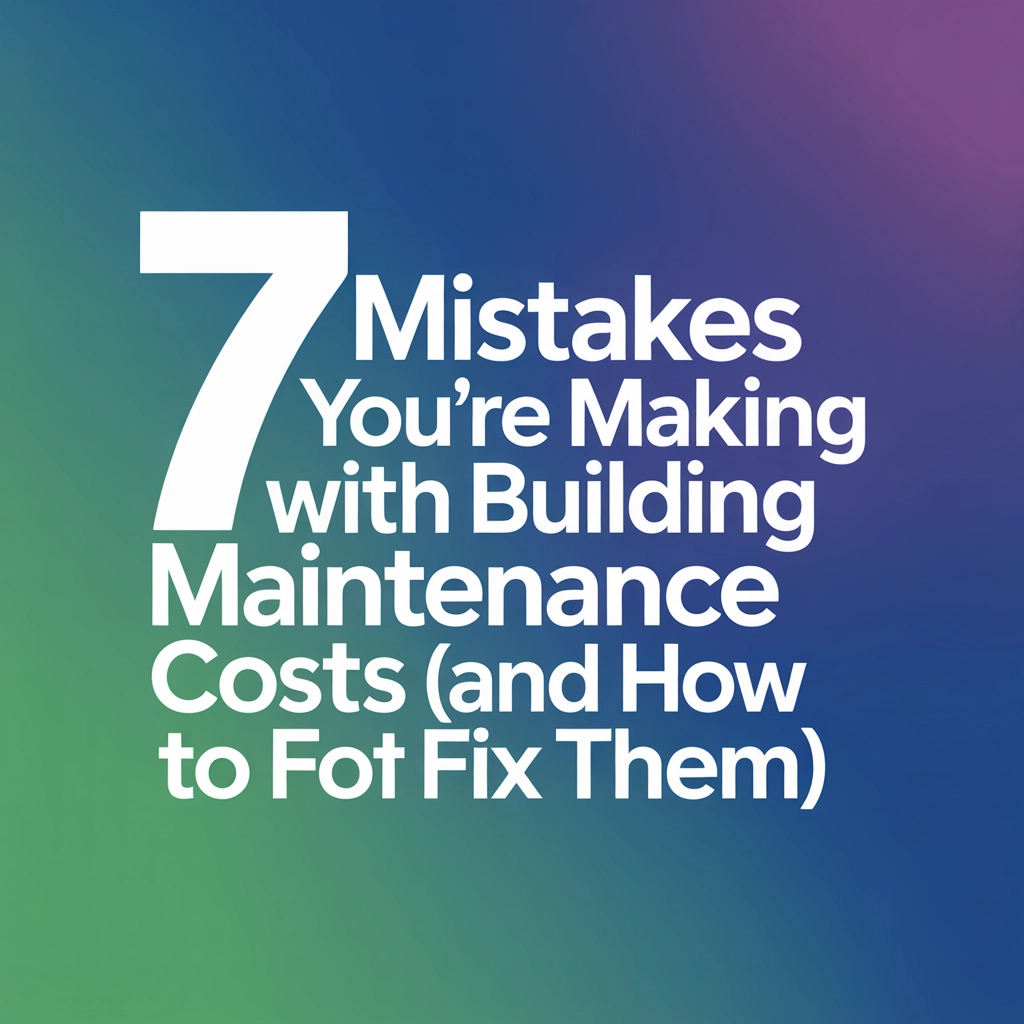
Building maintenance costs can spiral out of control when property managers make critical oversights. These errors appear minor initially but compound into expensive problems over time. The difference between proactive maintenance management and reactive crisis response determines whether you face manageable upkeep expenses or budget-breaking emergency repairs.
Mistake #1: Ignoring Preventative Maintenance Schedules
Deferring maintenance tasks creates a false sense of cost savings. Property managers who skip regular inspections and proper upkeep of HVAC systems, plumbing, and roofing face much larger future expenses. This approach transforms manageable maintenance into emergency repairs that cost three to five times more than preventative measures.
How to Fix It:
Establish a comprehensive preventative maintenance calendar. Include regular inspections for all major building systems. Schedule routine maintenance during off-peak hours. Budget for these activities as non-negotiable operational expenses rather than optional costs. Create monthly, quarterly, and annual maintenance checklists specific to your building's systems and equipment.
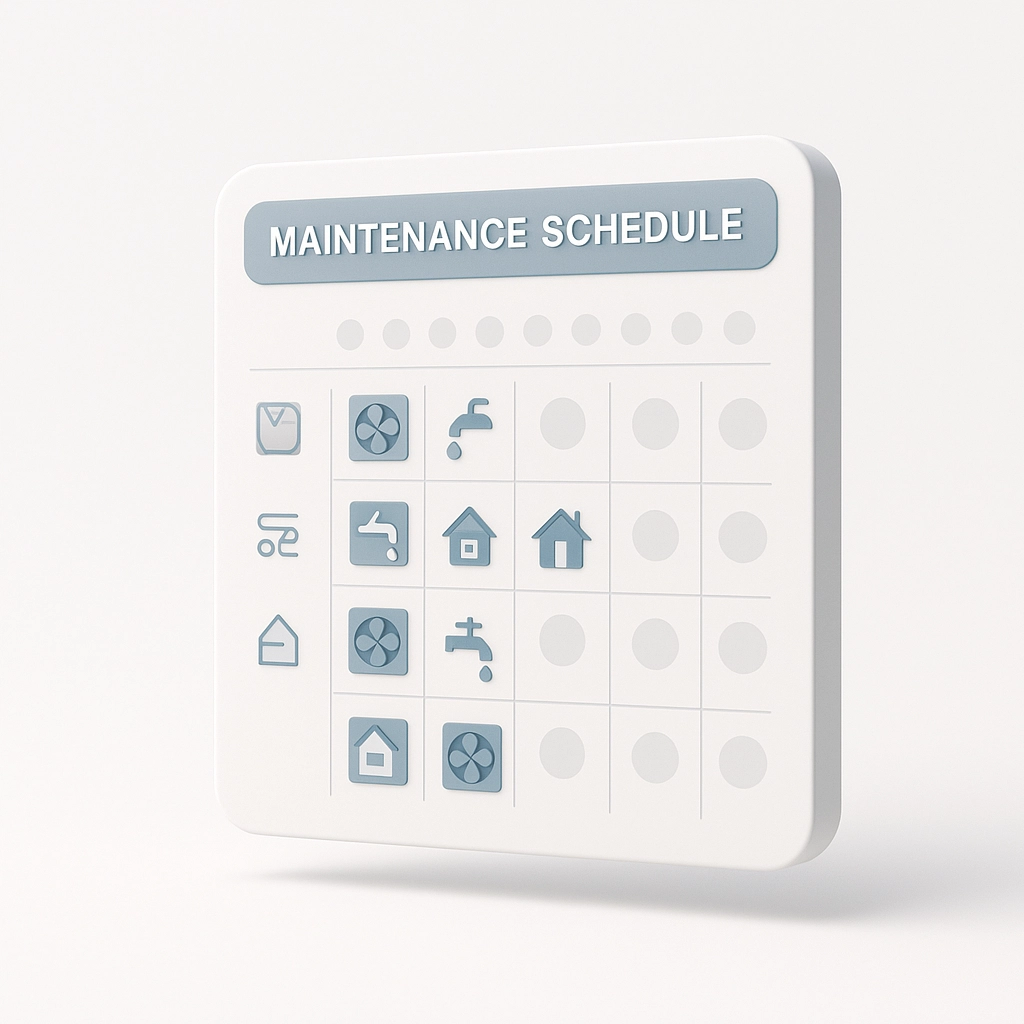
Mistake #2: Overlooking Small Plumbing Issues
A leaky faucet or slow drain escalates into water damage and mold growth quickly. Unresolved plumbing issues cause structural damage and health hazards that cost exponentially more to remediate. Water damage can spread through walls, floors, and ceilings before becoming visible, making early intervention crucial.
How to Fix It:
Address plumbing issues immediately regardless of size. Train maintenance staff to recognize early warning signs including water stains, unusual sounds, and pressure changes. Establish protocols for rapid response to water-related problems. Schedule regular plumbing inspections to catch issues before they become catastrophic. Document all plumbing repairs to identify recurring problem areas.
Mistake #3: Cutting Corners with Low-Quality Materials and Equipment
Purchasing low-quality materials saves money initially but leads to frequent breakdowns and higher long-term costs. Poor-quality materials wear out faster, requiring more frequent replacements and creating a cycle of constant repairs. This approach also affects tenant satisfaction and property value.
How to Fix It:
Select high-quality materials and equipment from reputable suppliers. Calculate total cost of ownership rather than upfront purchase price. Consider warranty terms, expected lifespan, and maintenance requirements when making purchasing decisions. Establish relationships with reliable suppliers who provide consistent quality products.
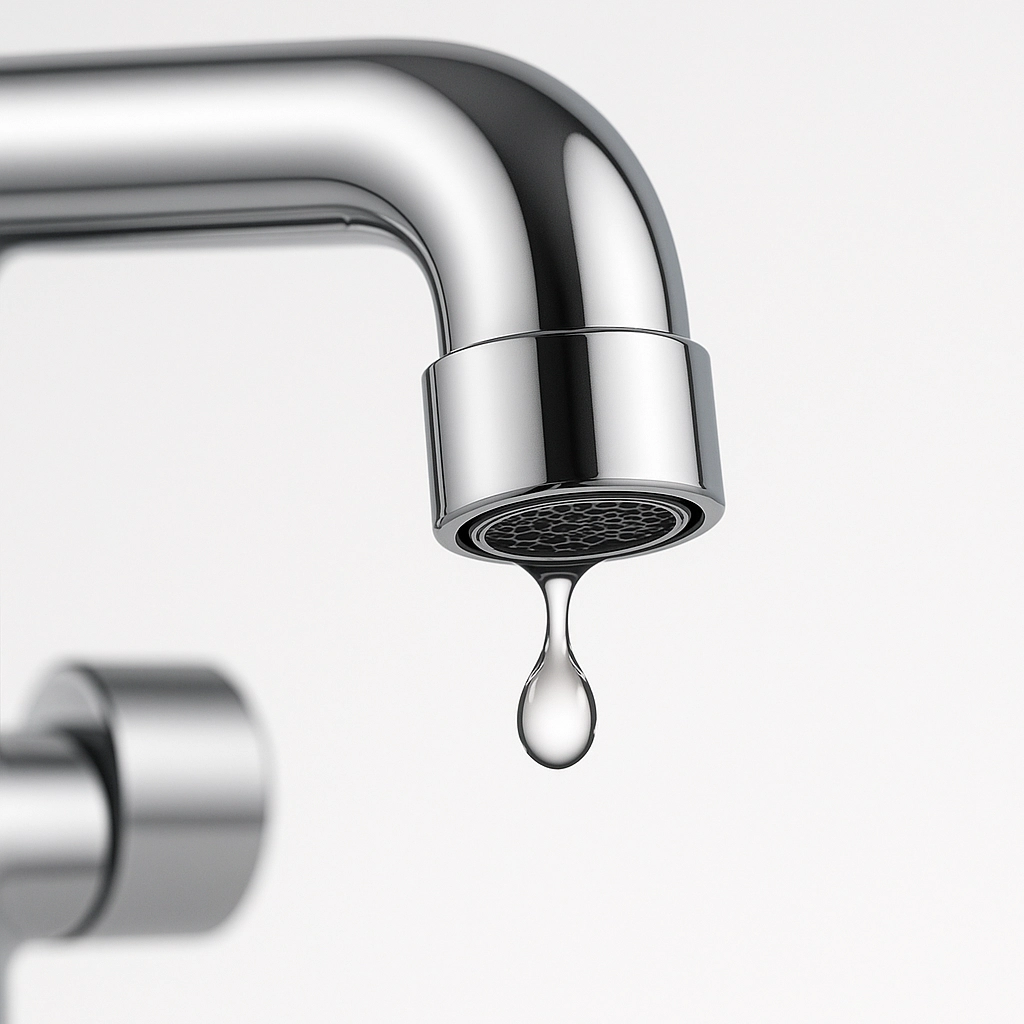
Mistake #4: Neglecting HVAC System Maintenance
HVAC systems without regular maintenance consume excess energy and break down prematurely. Routine filter changes and system checkups ensure efficiency and reduce replacement costs. Neglected HVAC systems often fail during peak usage periods, creating emergency situations with higher repair costs and tenant discomfort.
How to Fix It:
Implement strict HVAC maintenance schedules including regular filter changes, system inspections, and professional tune-ups. Monitor energy consumption patterns to identify efficiency drops early. Train maintenance staff on specific requirements for your HVAC equipment. Replace filters according to manufacturer specifications, not when they appear dirty.
Mistake #5: Failing to Track Maintenance History
Without detailed records of past maintenance activities, identifying recurring issues or predicting equipment failure becomes impossible. This lack of data leads to inefficient maintenance schedules and unexpected breakdowns. Property managers cannot optimize maintenance budgets without historical performance data.
How to Fix It:
Maintain comprehensive logs of all maintenance activities including repairs, inspections, and parts replacements. Use maintenance management software to track patterns, predict failure points, and optimize schedules based on actual equipment performance data. Include costs, dates, and detailed descriptions for each maintenance activity.
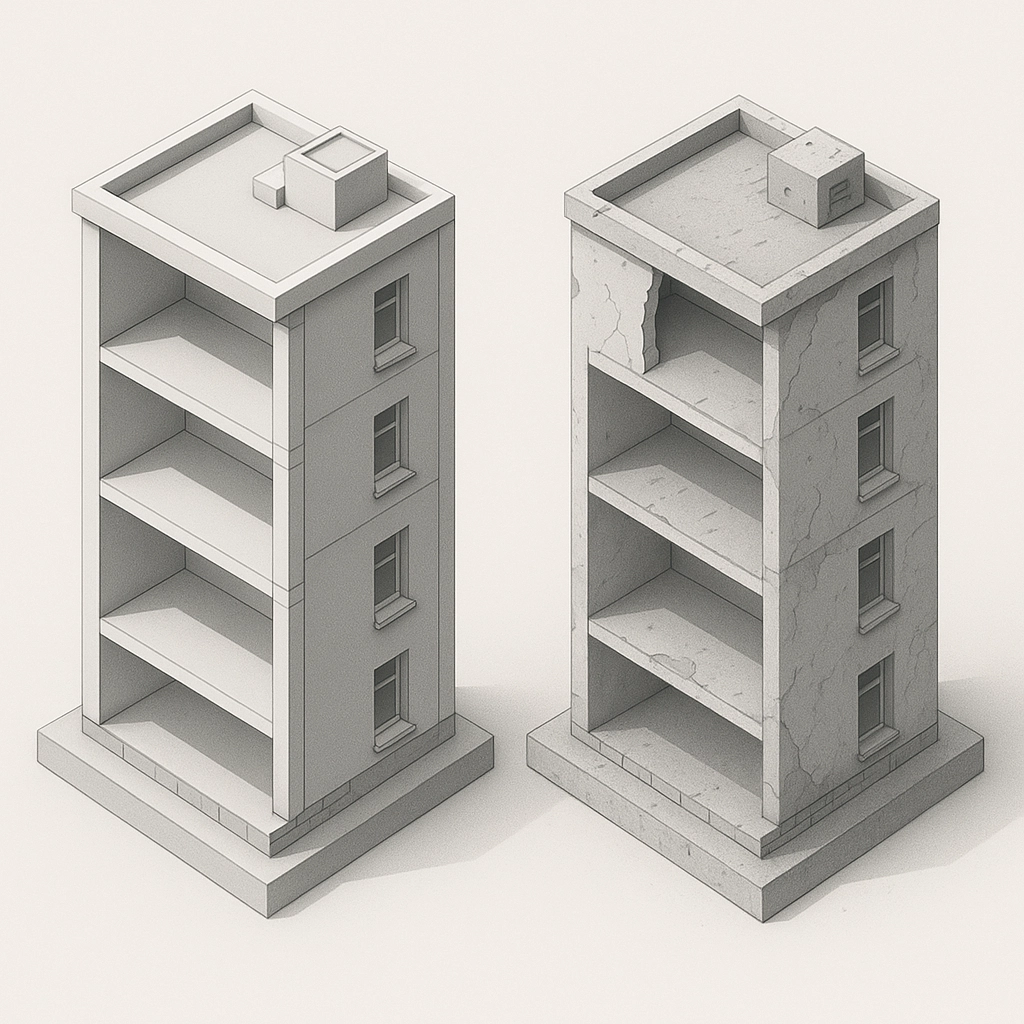
Mistake #6: Ignoring Manufacturer Guidelines and Warranties
Manufacturers provide detailed maintenance guidelines that property managers often overlook. Failing to follow these recommendations results in suboptimal performance and voided warranties. This leaves property managers financially responsible for repairs that should have been covered under warranty terms.
How to Fix It:
Ensure maintenance teams understand and follow all manufacturer guidelines for equipment and systems in your facility. Create documentation systems that make manufacturer recommendations easily accessible. Train staff on proper procedures to maintain warranty coverage. Keep all warranty information organized and readily available for reference.
Mistake #7: Underestimating Hidden Issues and Failing to Plan Contingencies
Hidden problems including faulty wiring, structural issues, mold, and pest damage cause project budgets to exceed expectations. These surprise issues represent the primary reason maintenance projects go over budget. Property managers who fail to account for unexpected discoveries face significant cost overruns.
How to Fix It:
Create contingency budgets by allocating 10-15% of total maintenance budgets for unexpected costs. Conduct thorough inspections before starting major maintenance projects to identify signs of water damage, mold, pests, and structural issues. Research building age and history to understand potential problems common to structures built in specific time periods.
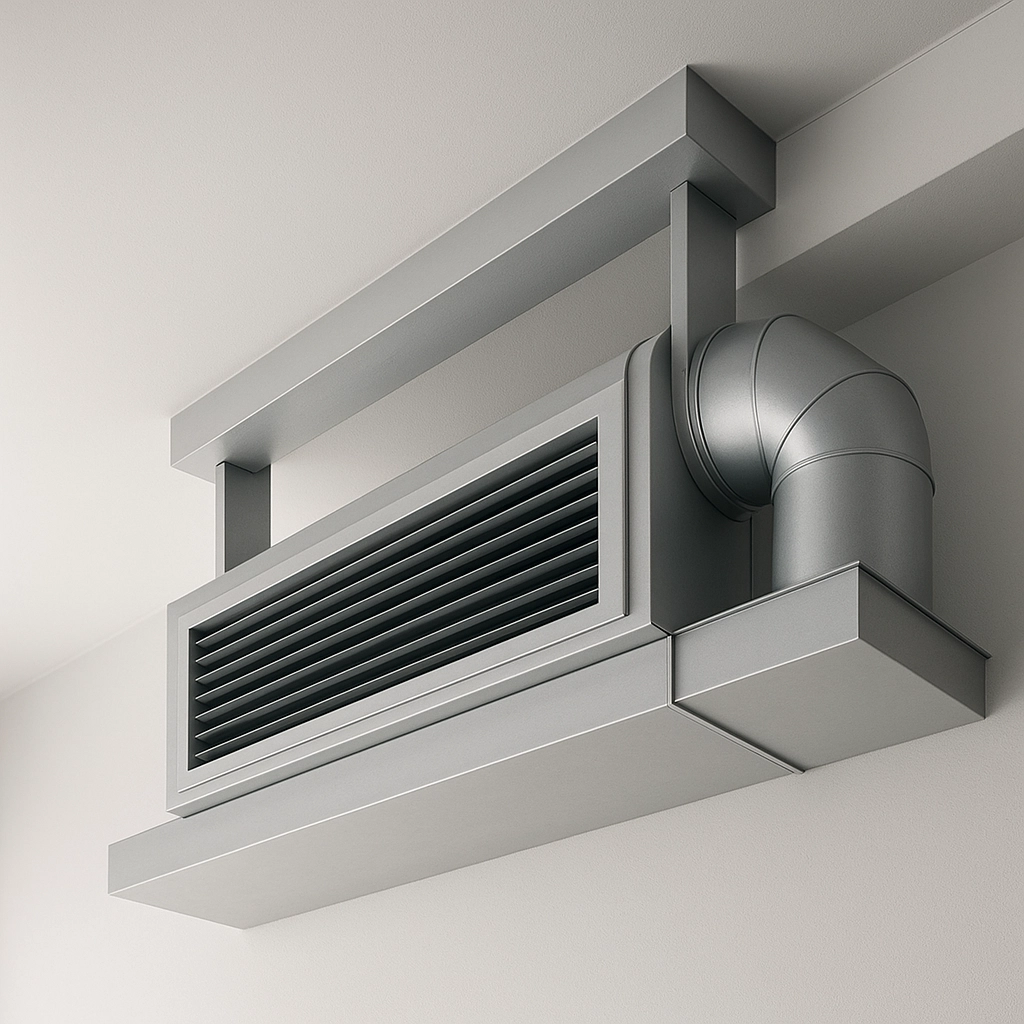
The Financial Impact of These Mistakes
These maintenance mistakes cost property managers thousands of dollars annually through:
- Emergency repair premiums that cost 3-5 times more than planned maintenance
- Extended equipment downtime affecting tenant satisfaction and retention
- Voided warranties requiring full replacement costs instead of covered repairs
- Energy inefficiency increasing utility expenses
- Shortened equipment lifespan requiring premature replacements
Building a Preventative Maintenance Strategy
Successful maintenance cost management requires systematic approaches:
Documentation Systems: Maintain detailed records of all maintenance activities, costs, and equipment performance data.
Training Programs: Ensure maintenance staff understand proper procedures, manufacturer guidelines, and early warning signs of equipment problems.
Budget Planning: Allocate appropriate funds for preventative maintenance, including contingency reserves for unexpected issues.
Quality Standards: Establish criteria for materials, equipment, and service providers to ensure consistent quality and reliability.
Performance Monitoring: Track key metrics including equipment uptime, energy consumption, and maintenance costs to identify improvement opportunities.
Long-Term Cost Benefits
Proactive maintenance management delivers significant long-term benefits:
- Reduced emergency repair frequency and costs
- Extended equipment lifespan maximizing capital investments
- Improved energy efficiency lowering utility expenses
- Enhanced tenant satisfaction supporting retention and rental rates
- Better regulatory compliance avoiding fines and legal issues
The transition from reactive to proactive maintenance requires initial investment but generates substantial savings over time. Property managers who implement comprehensive maintenance strategies typically reduce their annual maintenance costs by 15-25% while improving building performance and tenant satisfaction.
Controlling building maintenance costs requires strategic planning, quality materials, and consistent execution. These seven mistakes represent the most common oversights that transform manageable maintenance into expensive crises. Property managers who address these issues systematically will achieve better financial results while maintaining superior building conditions.
Comments